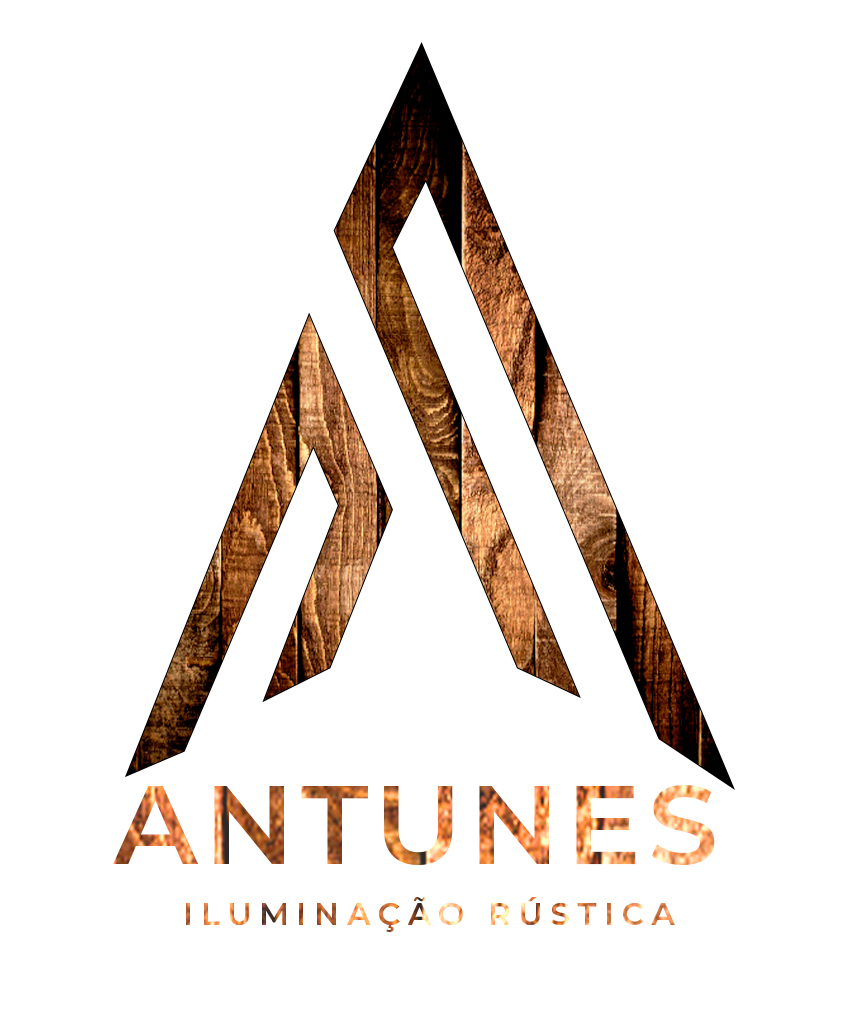Unearthing Hidden Gems: From Ancient Mysteries to Modern Masterpieces 2025
1. Introduction: Connecting Ancient Mysteries to Hidden Artistic Techniques
The ongoing pursuit of uncovering concealed artistic techniques not only broadens our appreciation of art history but also acts as a bridge linking the mysteries of the past with innovations of the present. As discussed in Unearthing Hidden Gems: From Ancient Mysteries to Modern Masterpieces, the process of discovering hidden artistic techniques reveals the ingenuity of ancient artisans and enriches our cultural heritage. This exploration transforms the way we perceive masterpieces, shifting focus from mere visual appreciation to understanding the craftsmanship behind each brushstroke and material choice.
Contents
- The Evolution of Artistic Techniques Through Time
- Methods for Discovering Lost Techniques in Art
- Case Studies of Rediscovered Techniques in Masterpieces
- Challenges in Authenticating and Reconstructing Lost Techniques
- The Role of Cultural Context in Technique Loss and Revival
- From Discovery to Innovation: Applying Ancient Techniques Today
- Returning to the Broader Significance of Unearthing Hidden Gems
2. The Evolution of Artistic Techniques Through Time
Understanding how artistic techniques have evolved is essential to grasping the depth of ancient craftsmanship. Early art forms, such as Egyptian frescoes and Greek sculptures, relied heavily on natural pigments and manual labor. For instance, the Egyptians perfected the use of mineral-based pigments like malachite and lapis lazuli, which remained prized for centuries. As civilizations advanced, innovations emerged—such as the development of oil paints during the Renaissance, allowing artists like Leonardo da Vinci to achieve unprecedented realism and depth.
The Renaissance marked a pivotal shift, where mastery of layering techniques and perspective transformed visual storytelling. Subsequently, the Baroque period introduced dramatic chiaroscuro effects, while Impressionists experimented with broken color and rapid brushwork. These innovations were often driven by broader cultural shifts—such as religious reform, scientific discoveries, and societal changes—that spurred experimentation and the abandonment of older methods.
| Era | Key Techniques | Innovations |
|---|---|---|
| Ancient Egypt | Mineral pigments, frescoes | Natural pigment extraction |
| Renaissance | Oil painting, glazing | Layering techniques, perspective |
| Baroque | Chiaroscuro, tenebrism | Dramatic lighting effects |
| Impressionism | Broken color, impasto | Brushwork innovation |
3. Methods for Discovering Lost Techniques in Art
Uncovering ancient techniques involves a multidisciplinary approach. Scientific tools like spectroscopy and radiography have become indispensable. For example, the analysis of Van Gogh’s paintings through X-ray fluorescence revealed hidden underlayers and previous compositions, shedding light on his process and materials.
Digital reconstruction offers another frontier. High-resolution imaging combined with computer modeling allows researchers to virtually peel back layers or simulate original appearances. For instance, the restoration of classical frescoes often employs multispectral imaging to detect underdrawings and alterations invisible to the naked eye.
Interdisciplinary collaboration—bringing together art historians, chemists, engineers, and computer scientists—has proven particularly effective. This synergy accelerates breakthroughs, as seen in projects like the Replication of Ancient Egyptian Paints, which used chemical analysis to recreate historically accurate pigment recipes.
4. Case Studies of Rediscovered Techniques in Masterpieces
a. Renaissance Fresco Restoration
A notable example is the restoration of Michelangelo’s Sistine Chapel ceiling, which uncovered original layering methods unknown for centuries. Scientific analysis revealed the use of a specific lime plaster mix and the application of thin, translucent glazes to achieve depth and vibrancy. These findings have informed modern conservation strategies, ensuring authenticity is preserved.
b. Medieval Illuminations
Advanced imaging techniques uncovered underdrawings beneath medieval manuscripts, revealing preliminary sketches and techniques used by artisans to plan intricate designs. These underdrawings often contain hidden symbolism and compositional adjustments, offering deeper insight into medieval artistic processes.
c. Modern Technological Revivals
Recent technological advances have enabled the revival of ancient pigment recipes. For example, researchers successfully recreated Egyptian blue—a pigment thought lost for centuries—by analyzing residues in ancient artifacts and applying modern chemistry, which has opened new avenues for authentic restoration and contemporary experimentation.
5. Challenges in Authenticating and Reconstructing Lost Techniques
Despite technological progress, distinguishing genuine historical techniques from modern imitations remains complex. For example, counterfeit artworks or misattributed methods can mislead researchers, necessitating rigorous testing and provenance verification.
"Authenticity is the cornerstone of historical reconstruction; without it, our understanding risks distortion."
Ethical considerations also arise—restorers must balance preservation with the integrity of the original work. Over-restoration or selective reconstruction can alter historical authenticity, underscoring the importance of transparent methodologies.
Current technological limitations, such as resolution thresholds and material degradation over centuries, pose challenges. However, ongoing research and innovations—like quantum sensors—promise future breakthroughs that will further clarify ancient techniques.
6. The Role of Cultural Context in Technique Loss and Revival
Cultural shifts significantly influence the survival or loss of artistic techniques. Political upheavals, religious reforms, and societal upheavals often led to suppression or abandonment of certain practices. For example, during the Protestant Reformation, the use of elaborate iconography was discouraged, causing some techniques to fade into obscurity.
Globalization and cross-cultural exchanges have also facilitated the preservation and revival of techniques. The Silk Road, for instance, enabled the transfer of pigment recipes and craftsmanship methods across continents, enriching artistic traditions and fostering hybrid techniques.
Revival movements—such as the Arts and Crafts movement of the late 19th century—drew inspiration from ancient techniques, aiming to preserve and adapt them within modern contexts. These efforts have influenced contemporary art practices, encouraging artists to incorporate traditional methods into new mediums.
7. From Discovery to Innovation: Applying Ancient Techniques Today
Modern artists increasingly integrate rediscovered methods into their work. For example, contemporary painters like Mark Bradford explore ancient mural techniques, blending them with modern materials to create innovative textures and visual effects. Such practices demonstrate how historical techniques can inform contemporary aesthetics.
These techniques also inspire new artistic styles and mediums. The revival of encaustic (hot wax painting) techniques has led to textured, layered artworks that challenge traditional notions of painting. Additionally, digital art platforms now incorporate traditional pigment recipes and layering methods, expanding the possibilities for artistic expression.
Educational programs worldwide are increasingly including modules on lost techniques, ensuring that future generations understand the craftsmanship behind masterpieces. Workshops and university courses often feature hands-on experiences with authentic materials, fostering a deeper appreciation and mastery of these methods.
8. Returning to the Parent Theme: The Broader Significance of Unearthing Hidden Gems
The process of uncovering lost techniques complements the broader quest for historical mysteries, enriching our understanding of human creativity across ages. Each discovery adds a layer of authenticity and depth to our cultural narrative, fostering appreciation for the ingenuity of past artisans.
"Uncovering the craftsmanship behind masterpieces reminds us that art is not only about aesthetics but also about the innovation and skill of its creators."
Furthermore, the interconnectedness of technique discovery and artistic mastery highlights the importance of preserving these methods for future innovation. By integrating ancient wisdom with modern technology, we can ensure that the legacy of artistic innovation endures, inspiring new generations to explore and redefine artistic boundaries.


